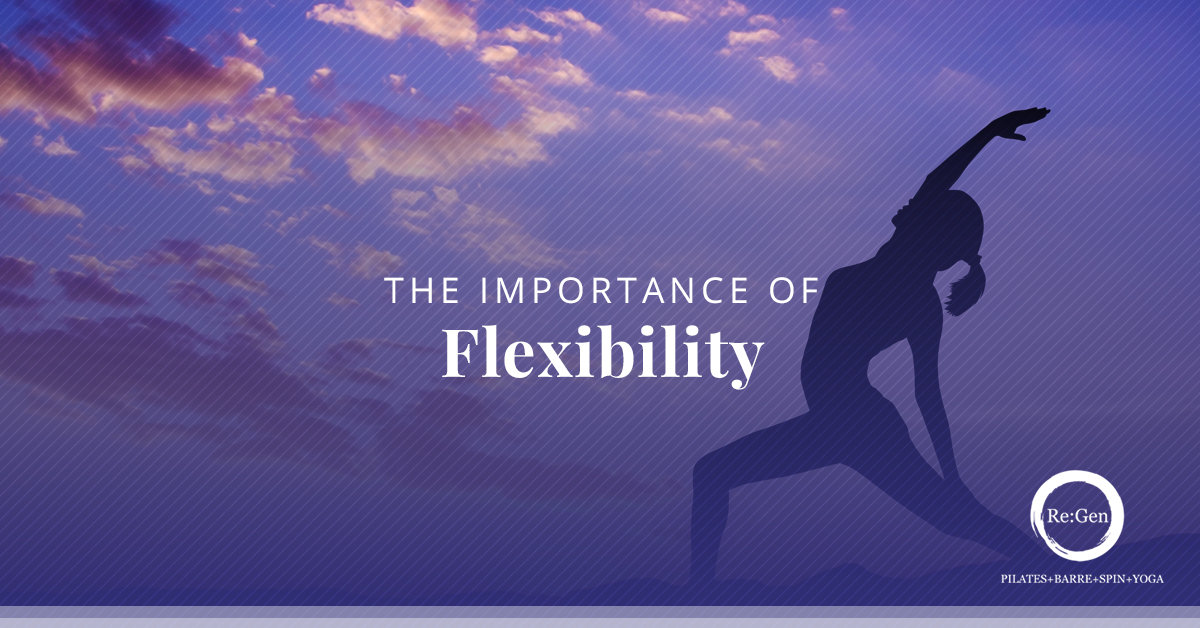As we grow older, our muscles naturally begin to lose both their size and their strength. As this happens, they begin to lose their mobility and, instead, start to stiffen. When it happens, your range of motion may become more limited. This leads to tighter joints and stiffness when trying to move around.
One of the biggest reasons that muscles lose their flexibility is inactivity patterns. More simply put, not moving and using your muscles every day makes them more susceptible to tears, pains, and aches! If you lose too much muscle and stop working towards retaining strength and mobility, your loss in flexibility might lead to poor posture, decreased muscle function, and more pain when trying to carry out even the most mundane of daily activities. Today, we are going to explore the ins and outs of flexibility, why it matters, and how a flexibility program can help improve your wellbeing.
What is Flexibility?
Flexibility is defined as the ability of your joints and your body’s parts to carry out their full range of motion. Even though we don’t often think about it, flexibility is required in all daily activities, including bending down to pick something up off the floor, walking, and lifting your arms above your head to pull a glass down from the cupboards. However, just like muscle mass and mobility, our flexibility decreases as we age. That is why it is more important than ever to include flexibility training into our daily workouts.
Benefits of Flexibility
Ease of movement is great, but that isn’t the only benefit that comes along with increased flexibility. Being flexible can actually improve your posture and decrease muscle soreness after a workout. Stretching after exercise, by holding each movement for 30 seconds, can help eliminate soreness the following day. Also, stretching can help your muscular balance and posture by realigning the tissue in your back. This decreases the amount of effort needed to keep your posture upright. Also, your risk of injury will decrease. Flexible joints do not demand as much energy as stiffer joints do, meaning that your overall physical performance may increase. This process also helps push blood and nutrients to your body’s tissues. And finally, stretching allows both your body and your mind to relax during any activity or exercise.
How to Improve Flexibility
One of the best ways to maintain your flexibility is to stretch on a regular basis. Try to add it into your daily routine for the best results. Many people may believe they are too busy to stretch, but this simply isn’t true. Even if you don’t have time to go to a workout class and get some exercise and stretching in, you can still do smaller exercises as you sit at your desk.
Even though you should absolutely do small exercises, add some flexibility training into your normal exercise program. By doing this, you can improve your muscle strength and mobility! So what are the best ways to actually do this? Pilates, yoga, and similar fitness routines are perfect for developing strength and muscle tone while also elongating and stretching the muscles. Even if you don’t choose these activities each day, adding them in just once or twice a week may provide flexibility benefits that will carry over into your preferred workout regimen.
Re:Gen Pilates
Experience state of the art Pilates equipment and sign up for our classes in Prosper today! Our goal is to encourage a healthy lifestyle filled with free movement and strength. Contact us now to learn more about our classes and sign up for the best fit for your needs.

leave a comment